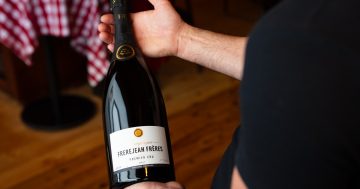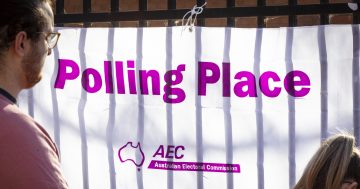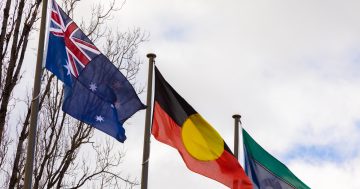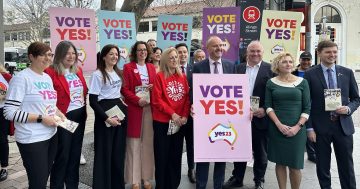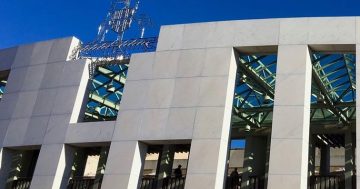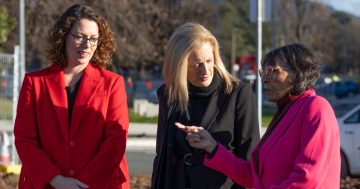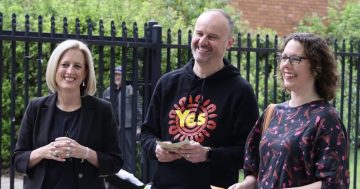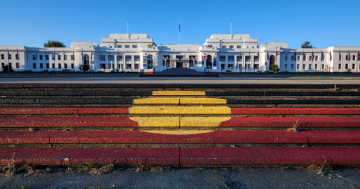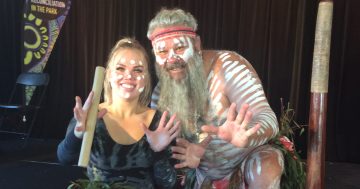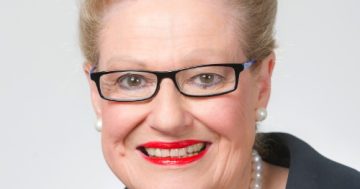
National Reconciliation Week spans two significant anniversaries in our national life, the 1967 Referendum and the Mabo decision. This year we are marking the 50th anniversary of the first and the 25th anniversary of the latter. These significant anniversaries are a chance to stop, pause and reflect on what has been achieved since, and the challenges that remain.
During the 2017 Canberra and Region Heritage Festival, I was invited to give a short talk on Canberra’s involvement in the 1967 Referendum to students at Turner School – my own primary school, and one with a strong record on inclusion.
It’s been said many times recently that almost 91% of Australians voted yes to this change. But not all Australians were eligible to vote. Many people don’t know that Australians living in the ACT and the Northern Territory couldn’t “write yes to right wrongs”. Australia’s most inclusive referendum – a vote to begin to treat Aboriginal and Torres Strait Islander Australians more equally – excluded people who lived in Australia’s territories. (Territories finally got the vote for referendums in 1977.)
Despite being excluded from the 1967 referendums, Canberrans made sure their voices were heard. Local activists crossed the border to encourage voters in New South Wales to vote ‘yes’. Newspaper reports from the time said Canberrans staffed 135 polling booths near the ACT as part of a protest against being left out of the referendum.
Today’s Canberrans are familiar with seeing TV ads for NSW seats and elections, and the 1967 Referendum was no different. Ads for both sides of the debate ran on local television, and local papers had to end each story with a statement about ACT residents not being eligible to vote.
As the nation’s capital, many community groups came here to lobby their causes, Canberrans were inundated with vigorous debates, and the national tally room for the referendum was in Albert Hall. So, while Canberrans couldn’t participate and vote in the referendum, it was their duty to certify a national vote and report it to the nation.
I can only presume Canberra would have echoed the nation’s emphatic endorsement of the yes vote at the 1967 referendum (the one we all remember, not the one about having more politicians). Despite missing out on that occasion, social inclusion is at the core of Canberra’s values.
Our community is rightly proud of our record on social inclusion. It’s why we’re always working to make Canberra more accessible and inclusive for people with a disability and older Australians. It’s why Canberra is a Refugee Welcome Zone and why the Multicultural Festival is one of our largest annual celebrations. It’s why we legislated for marriage equality, despite knowing this breakthrough was likely to be short-lived. It’s why we have an Aboriginal and Torres Strait Islander Elected Body and an Agreement with our Aboriginal and Torres Strait Islander community.
As a human rights jurisdiction, we practice what we preach when it comes to social inclusion – or at least we do our best! If you ask me, it’s an important part of what makes us so lucky to live here.
Photo: butupa via Creative Commons.











